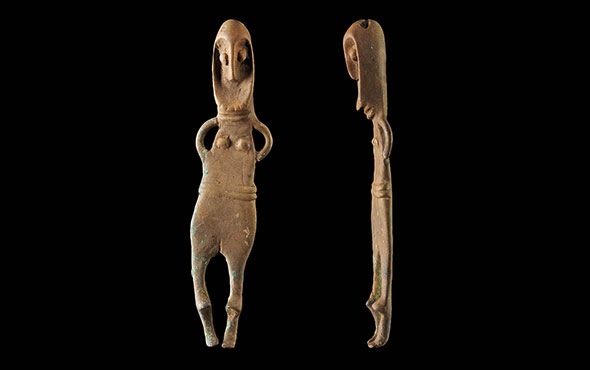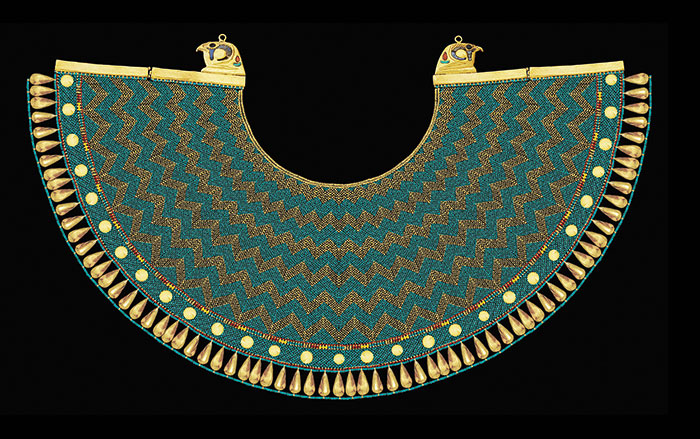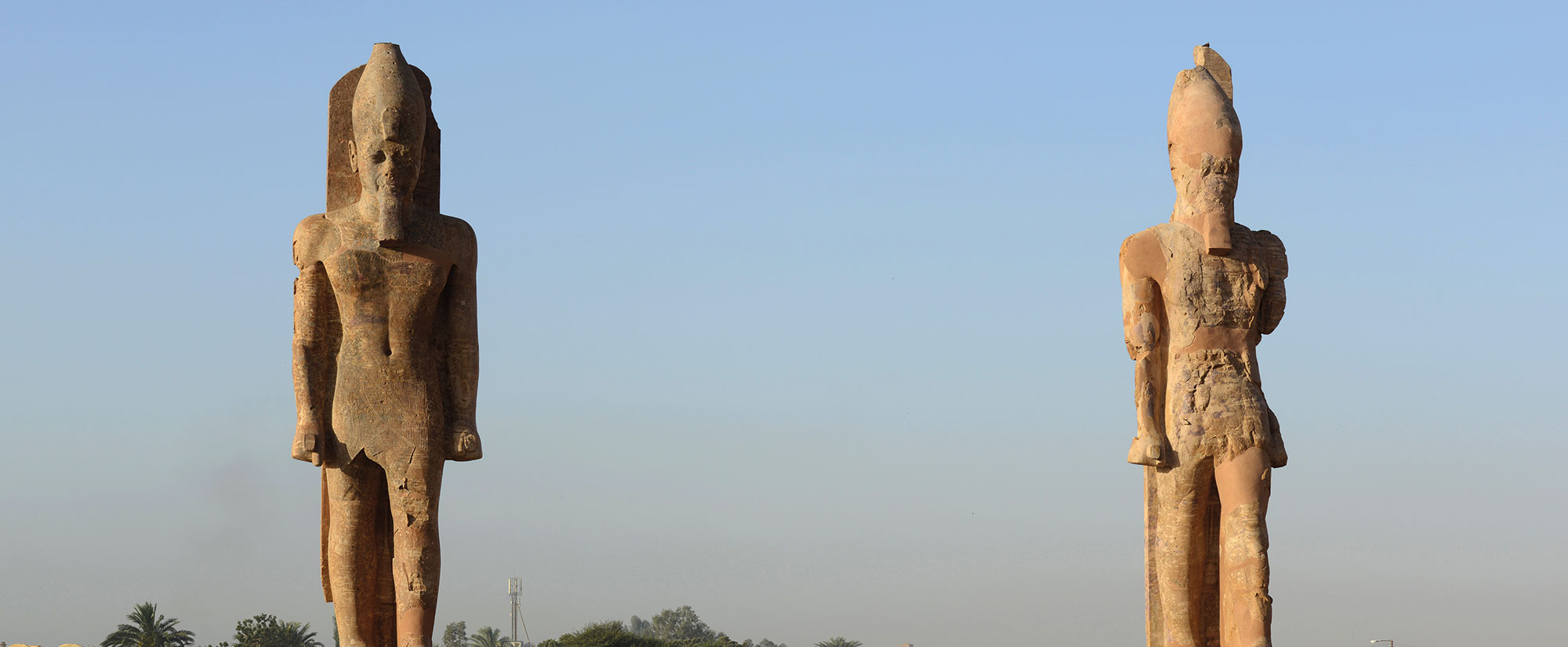ANTANANARIVO, MADAGASCAR—A small population of Asians who stopped mixing with other groups of people about 2,000 years ago traveled to Madagascar and began mixing with a small African population living there some 1,000 years ago, according to a Science Magazine report. Jean-Aimé Rakotoarisoa of the University of Antananarivo and his colleagues analyzed DNA samples from people living in more than 250 villages on the island, in addition to musical and linguistic data. They had previously determined that the modern Malagasy population is most closely related to Bantu-speaking people of eastern Africa and Austronesian-speaking people of southern Borneo. The new study indicates the ancestral population began to grow at the peak of the island’s megafaunal mass extinction. Archaeological evidence also suggests that as their numbers grew, the ancestral population switched from hunting and foraging in small groups to building large settlements, planting rice, and grazing cattle. When combined with a hotter, drier climate, the human population explosion might have driven the extinction of giant creature such as elephant birds and human-sized lemurs, the researchers concluded. For more on the island's colonization, "World Roundup: Madagascar."
Did Humans Cause the Demise of Madagascar’s Megafauna?
News November 10, 2022
Recommended Articles
Digs & Discoveries July/August 2022
The Great Maize Migration

Digs & Discoveries January/February 2022
Japan's Genetic History

Digs & Discoveries November/December 2016
Coast over Corridor

Artifacts July/August 2025
Maya Ceramic Figurine

-
Features September/October 2022
1,000 Fathoms Down
In the Gulf of Mexico, archaeologists believe they have identified a nineteenth-century whaling ship crewed by a diverse group of New Englanders
 (Courtesy the New Bedford Whaling Museum)
(Courtesy the New Bedford Whaling Museum) -
Letter from Germany September/October 2022
Berlin's Medieval Origins
In the midst of modern construction, archaeologists search for evidence of the city’s earliest days
 (Courtesy Landesdenkmalamt Berlin/Michael Malliaris)
(Courtesy Landesdenkmalamt Berlin/Michael Malliaris) -
Artifacts September/October 2022
Nordic Bronze Age Figurine
 (Courtesy Thomas Terberger)
(Courtesy Thomas Terberger) -
Digs & Discoveries September/October 2022
The Case of Tut's Missing Collar
 (Courtesy Marc Gabolde)
(Courtesy Marc Gabolde)



